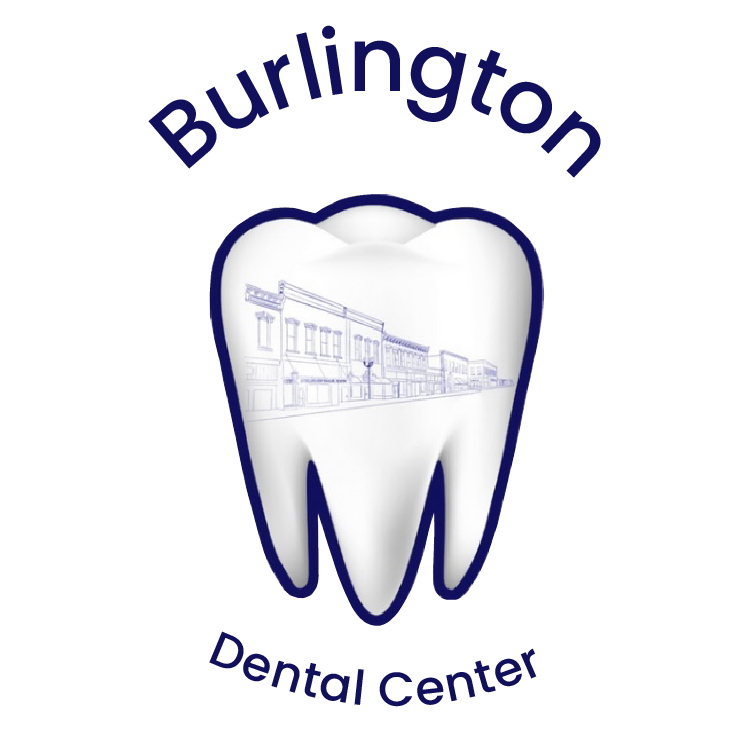
D2332 vs D2393 Dental Codes
D2332 and D2393 are dental codes for three-surface composite fillings.
D2332 is used for three-surface fillings on anterior teeth.
D2393 is for three-surface fillings on posterior teeth.
D2332 vs. D2393: Comparing Dental Filling Codes for Multi-Surface Composite Fillings
In dental care, precise coding is essential for accurate treatment identification, billing, and insurance claims. D2332 and D2393 are two specific dental codes that relate to composite fillings but differ based on the location and complexity of the procedure.
Here’s a straightforward comparison to guide patients and practitioners alike.
D2332: Composite Filling for Anterior Teeth
Dental code D2332 is used for composite resin fillings that involve three surfaces of an anterior tooth. These teeth, which include incisors and canines, are critical for aesthetics due to their visibility when smiling or speaking.
Primary Use: This code is applied when a cavity affects three contiguous surfaces on a front tooth, requiring a comprehensive approach to restoration that considers both structural integrity and visual appeal.
Aesthetic Focus: The choice of composite resin under this code is due to its excellent ability to mimic the appearance of natural teeth, ensuring that the filling blends seamlessly with the patient’s smile.
D2393: Composite Filling for Posterior Teeth
On the other hand, D2393 refers to composite fillings that cover three surfaces of a posterior tooth, typically involving molars and premolars. These teeth bear the brunt of chewing forces and are less visible, making functionality a higher priority.
Functional Priority: D2393 is focused on restoring posterior teeth with a material capable of withstanding significant mechanical stress while still maintaining a degree of aesthetic adequacy.
Composite Benefits: Despite the posterior location, composite is used for its durability and moderate aesthetic properties, ensuring the filling sustains the demands of daily use.
Key Differences and Considerations
Visibility and Aesthetics: D2332 is geared towards maintaining the cosmetic integrity of front teeth, whereas D2393 prioritizes the material's strength and longevity for back teeth.
Complexity of Procedure: Treating three surfaces on any tooth increases the complexity of the filling procedure, but the challenges differ between the accessible anterior teeth and the harder-to-reach posterior teeth.
Cost and Insurance Implications: The cost for these procedures can vary, with anterior fillings generally being more expensive due to the precision required for aesthetic success. Insurance coverage may also differ, with some plans more likely to question the necessity of aesthetic-focused anterior work unless significant structural damage is documented.
Final Thoughts
Understanding the distinctions between D2332 and D2393 is crucial for both dental professionals for appropriate procedure documentation and billing, and for patients to comprehend the scope of their dental treatments and insurance details.
Each code caters to specific dental needs — D2332 enhances the aesthetic outcomes for front teeth, while D2393 ensures the functional resilience of back teeth. Awareness of these codes helps streamline dental practice operations and enhances patient communication and satisfaction.
* Though the author of this post is a licensed dentist in the state of Kansas, this information is provided for informational and educational purposes only. Please use your best judgment and contact emergency medical services in the event of an emergency.
